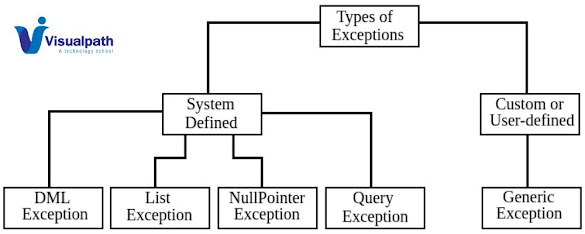How to Build an Approval Process in Salesforce CRM?
.jpg)
In Salesforce CRM , an approval process is a mechanism that automates the way records are approved in an organization. It allows organizations to define a set of steps, criteria , and actions for approving or rejecting records, such as opportunities, leads, cases, and custom objects. Here's a general overview of how approval processes work in Salesforce CRM: 1. Define Criteria: You start by defining the criteria that determine when a record should enter the approval process. This can include criteria based on fields , related records , or any other data within Salesforce. 2. Create Approval Process: Once you've defined the criteria, you create an approval process. This involves setting up the steps that the record will go through, including who needs to approve it at each step and any actions that should occur upon approval or rejection . 3. Submit Record for Approval: When a record meets the criteria defined in the approval process, it can be submitted for approval...
.jpg)
.jpg)


